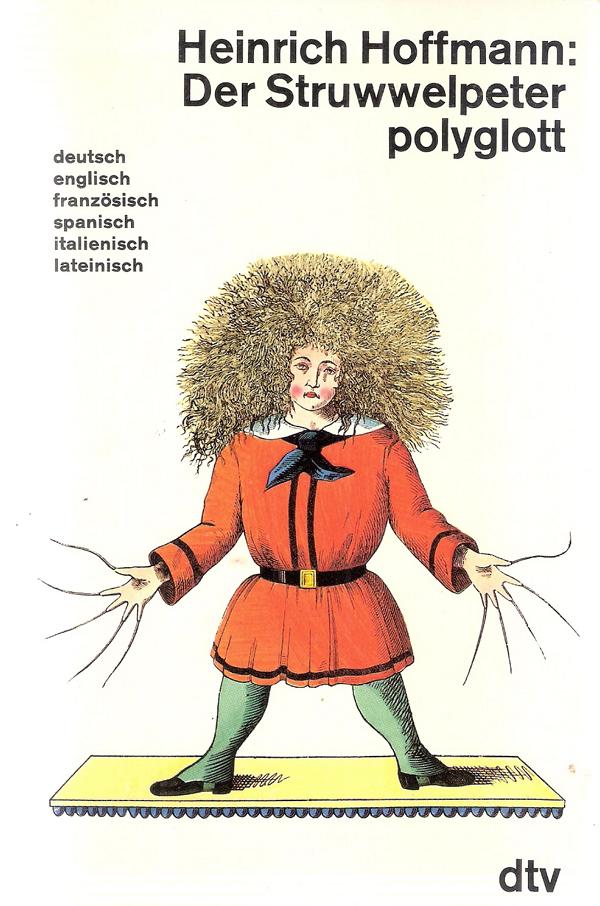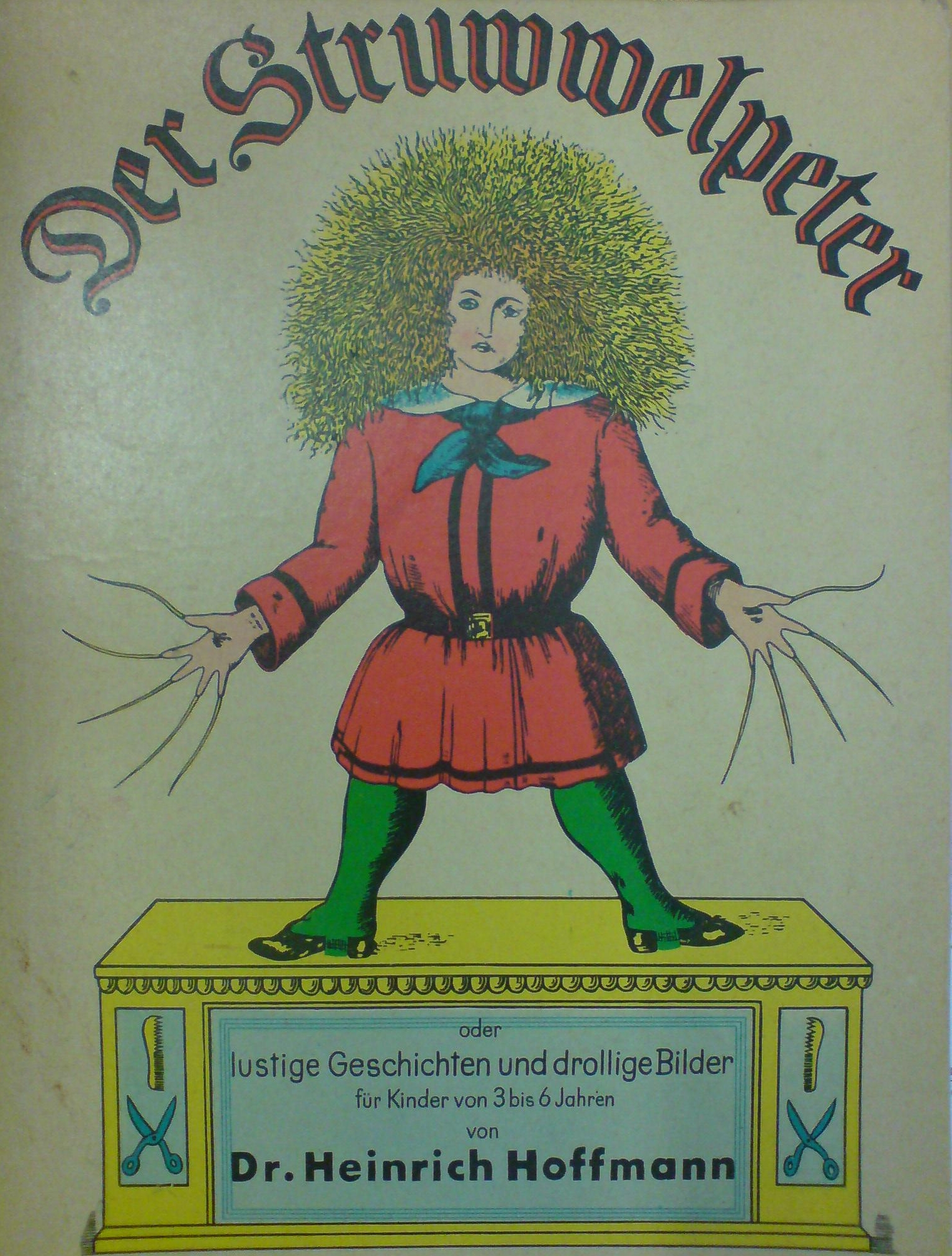

Hoffmann married Therese Donner in 1840, with whom he had three children, Carl, Antonie, and Eduard. He opened a clinic for the poor in Frankfurt in 1835 and became a part of a liberal circle of local intellectuals who advocated for increased democratic progress in Germany. Heinrich eventually overcame his lack of early parental support, attending university in Heidelberg, before earning his medical degree in 1833. Hoffmann's mother died shortly after his birth, and his father apparently expressed his disappointment with his young son on a regular basis.

Born June 13, 1809, in Frankfurt am Main, Heinrich Hoffmann was the son of Philipp Jacob Hoffmann, a prominent architect and urban engineer, who placed great demands upon his son to succeed. Known variously as "Shockheaded Peter," "Slovenly Peter," or simply "Struwwelpeter" in English, the book was born from Hoffmann's frustration in finding "suitable" stories for his oldest son Carl during the Christmas season of 1844. Children's literature scholar Jack Zipes has even labeled Hoffmann's work "the most famous children's book in the world."

Many notable children's authors-ranging from Mark Twain to Maurice Sendak to Roald Dahl-have claimed to have been heavily influenced by Der Struwwelpeter's prose style and approach to its juvenile readers. Internationally, Hoffmann's book has been translated into wide host of languages, including French, Italian, English, Swedish, Arabic, Esperanto, and Latin, among many others. In its country of origin, Der Struwwelpeter is held as an iconic work of German national literature and has been the subject of over seven-hundred reprint editions. At once dark, humorous, frightening, and subversive, the text has inspired a host of imitators, retellings, and parodies even as authority figures have debated its appropriateness for children. Written in 1845 by Hoffmann, a German physician, Der Struwwelpeter depicted a series of short lyrical stories-with accompanying graphic illustrations by Hoffmann himself-about children who misbehaved and whose actions subsequently lead to very negative repercussions. Heinrich Hoffmann's original edition of his collection of juvenile short stories, Der Struwwelpeter (1845), is today credited with sparking a thematic reinterpretation of children's literature, the lingering influences of which are still felt throughout the genre today. IMPACT OF "DER STRUWWELPETER" ON CHILDREN'S LITERATUREĪLTERNATE VERSIONS OF "DER STRUWWELPETER"Ī seminal nineteenth-century German children's book by Heinrich Hoffmann that presented darkly humorous and didactic cautionary tales for children.


 0 kommentar(er)
0 kommentar(er)
